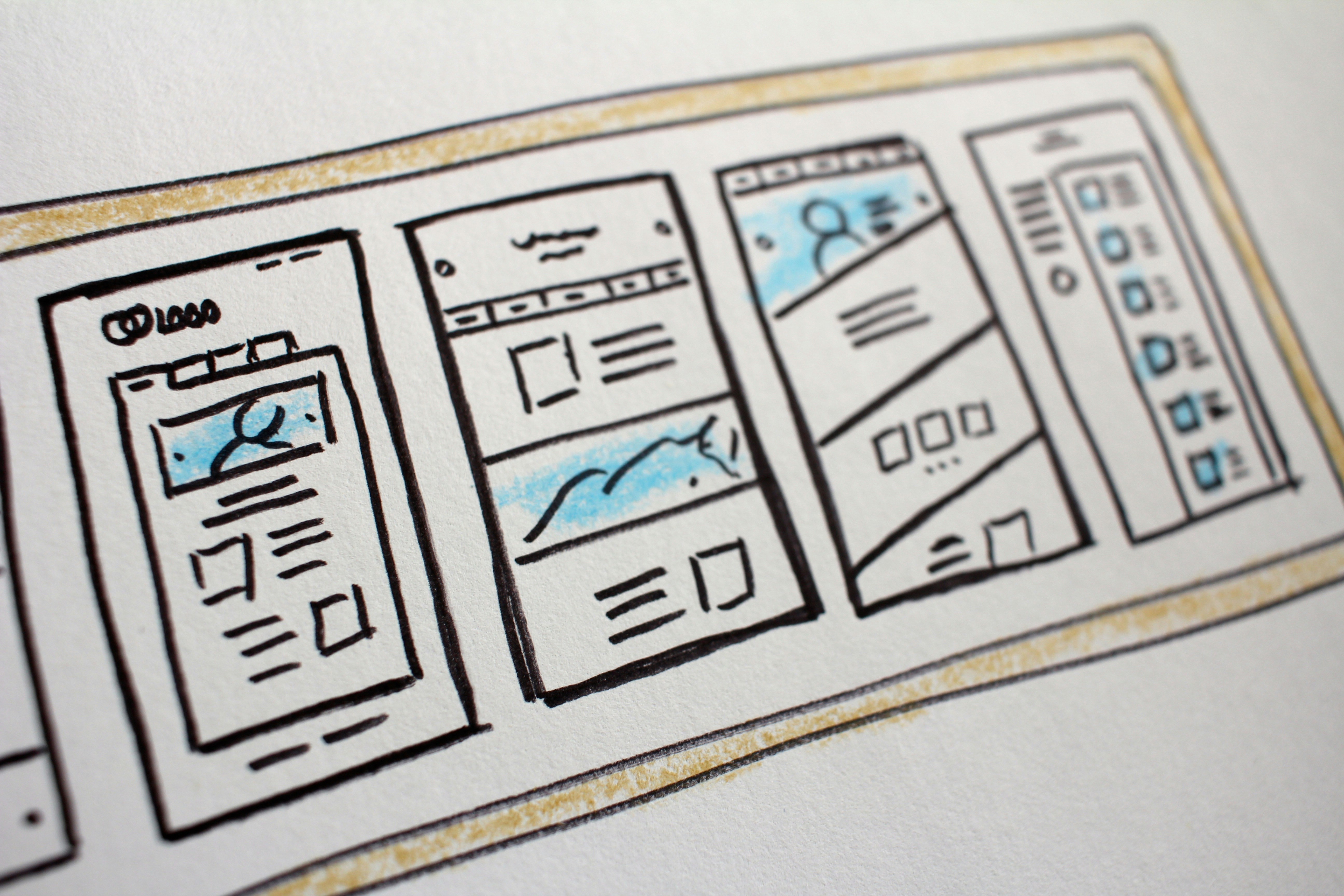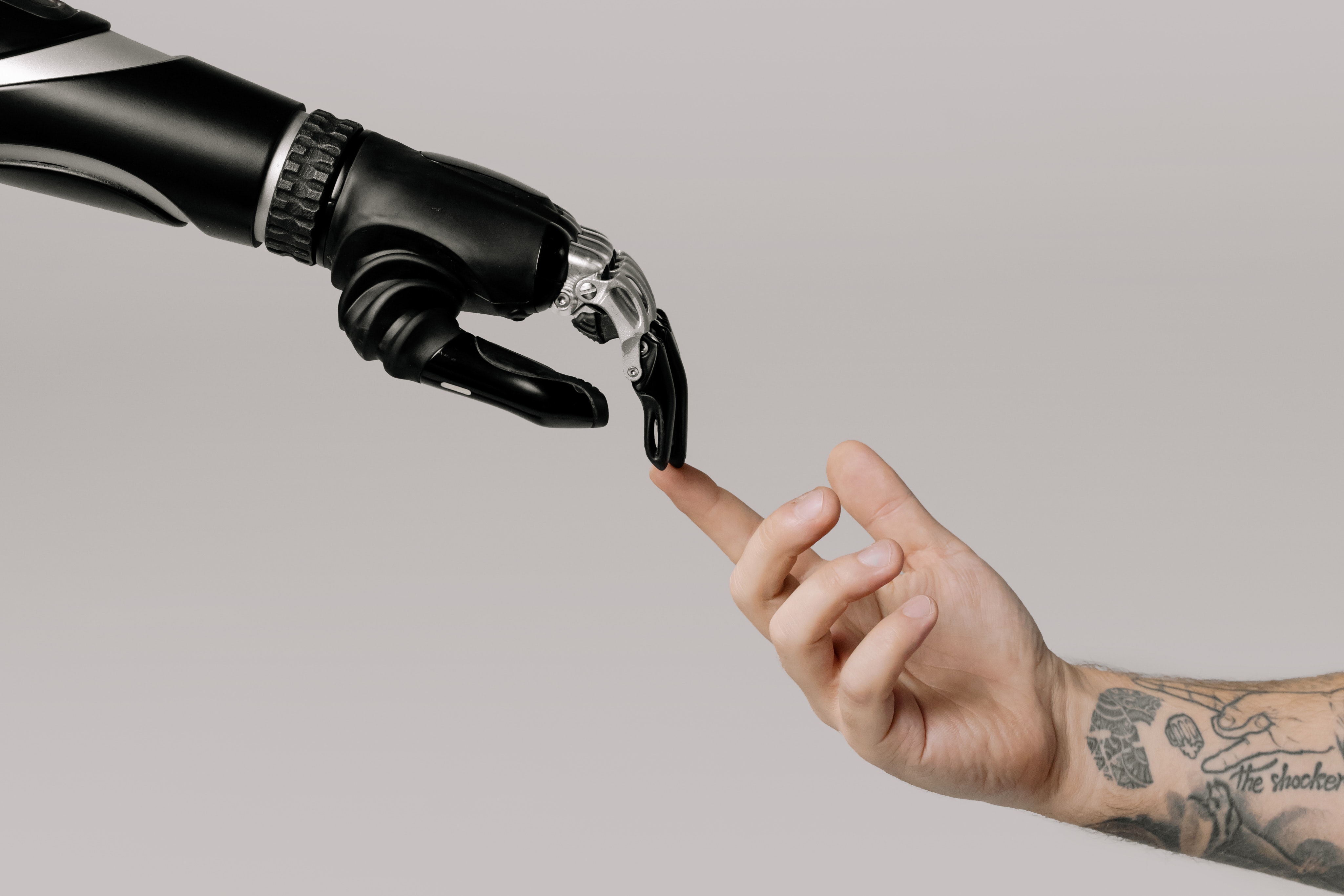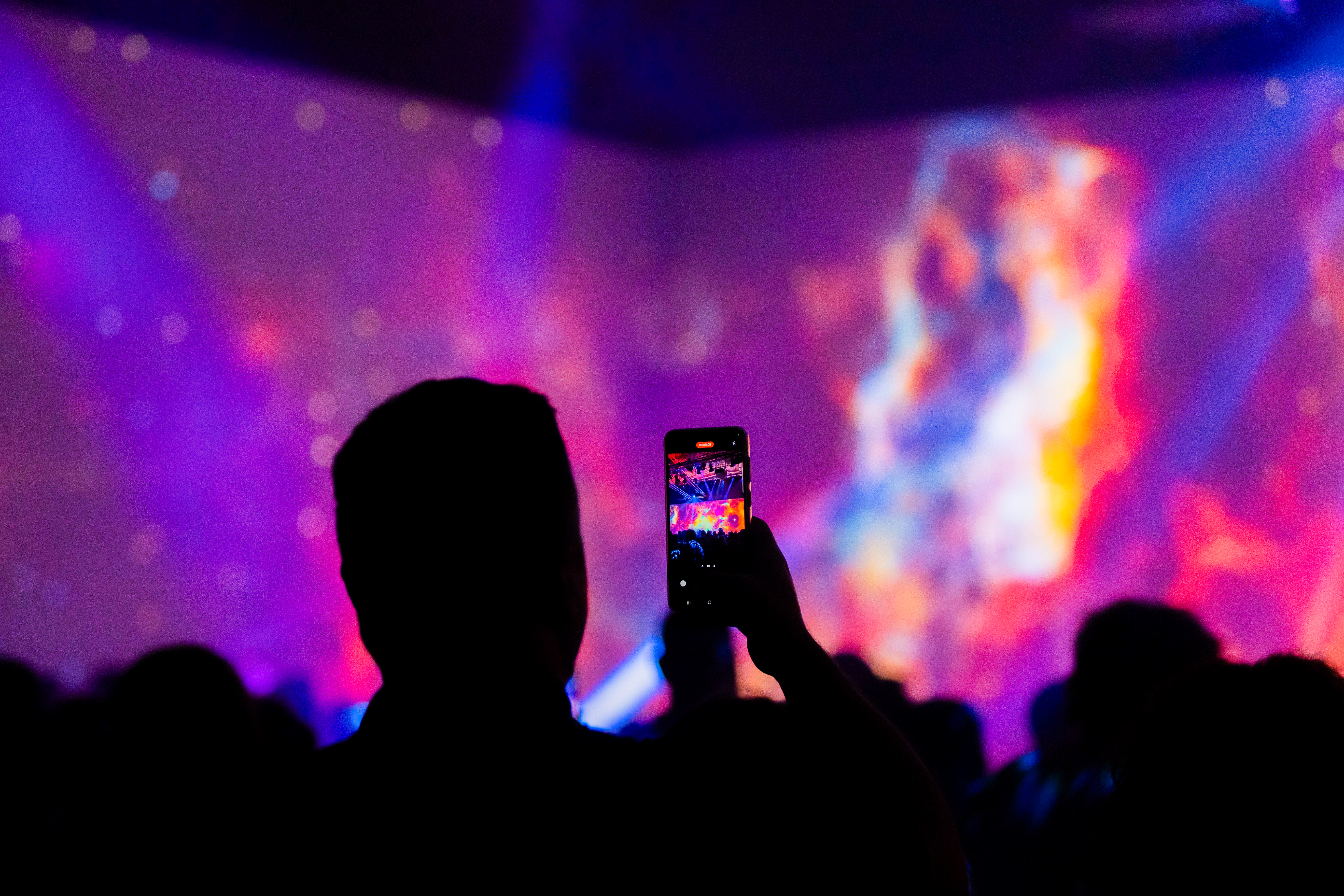Gamification is the application of typical elements to other areas of activity to encourage engagement with a product or service, serving as a useful tool for digital marketers. However, not everyone is convinced. There are several reasons stopping organisations from using gamification in their digital marketing strategies, such as scepticism, mistrust and misinformation.
Below are five key reasons why your organisation should be utilising gamification:
1. Increases customer engagement
With the use of gamification, you can engage easily with customers and prospects, . As humans we like a bit of healthy competition, introduce a challenge or a reward and watch as your customer participation stats rise. For example, since 1987, fast food giant McDonalds has been releasing the McDonalds monopoly game. Different to most gamification examples, it takes place offline. When you buy McDonalds products, you receive tickets. Each ticket represents a space on the monopoly game board. The goal is to collect all the tickets to win prizes. McDonalds offer food as prize wins, encouraging users to go back to McDonalds to spend more money, also playing on users FOMO (fear of missing out) as the chain only does this annually.
 2. Increase motivation
2. Increase motivationGamification encourages both intrinsic and extrinsic motivation. Using goals, achievements, and reward systems to encourage extrinsic motivation and driving users to become a better version of themselves using tools such as: task accomplishment, self-actualisation, pleasure and sense of progress. For example, Fitocracy is a fitness app that uses gamification to motivate users to achieve their fitness goals. It accesses user health data to create customised workouts and nutrition plans, then rewards users with points and badges for meeting achievements. It also pits users against other fitness enthusiasts to keep them motivated. In-app quests and competitions with friends are a great way to gain new users and keep them engaged.
3. Strengthens communication processesEffective communication is the key to a successful business. Gamification combines behavioural insights, motivational techniques and gaming to achieve common communication goals, for example HR departments that conduct training and collect feedback make the normal mundane tasks fun and engaging and often employees will take more away from them; a staggering 83% of employees said they felt motivated when their training was gamified, compared to 28% who felt motivated doing non-gamified training. American superstore Walmart use gamification to onboard new recruits and train existing employees. One of the ways their HR team is delivering this training is using gamification with VR headsets; associates experience real-life situations in areas such as new technology and customer service away from the fast-moving shop floor.
4. Increases productivityThere is a direct correlation between motivation and productivity. With gamification, the idea is to motivate users to exhibit the behaviours that you want to see more of. Gamification improves productivity in subtle ways, by driving behaviours, reviewing objectives and measuring performance, with 72% of employees claiming that gamification inspires them to work harder. For example, the Forest app, encourages users not to be distracted by their mobile phones. The longer you go undistracted, the more trees you grow.
5. Encourages creativityGame playing fosters creative thinking because it can lower the barriers of established behavioural norms and routines by offering new rules and sometimes even new realities. An experimental study took place where researchers compared the effects of playing, Minecraft - a game that allows players to explore unique worlds and create anything they can imagine - with or without instruction, to watching a TV show or playing a race car video game.
After 40 minutes of play or watching TV, the participants completed several creativity tasks. To measure creative production, they were asked to draw a creature from a world very different to Earth. More human-like creatures scored low for creativity and those less human-like scored high.
The results were those given the freedom to play Minecraft without instructions were the most creative, while those instructed to be creative while playing Minecraft were the least creative.
Gamification gets the creative juices flowing, encouraging users to think outside of the box.
The possible benefits of gamification are incomprehensible, we have merely scratched the surface. It is vital to innovate and keep up with current trends, if organisations do not evolve, they will be left behind. If you are sceptical about the impact of gamification, take baby steps, Rome wasn’t built in a day. Once you have seen the positive effect of gamification you will never turn back.










